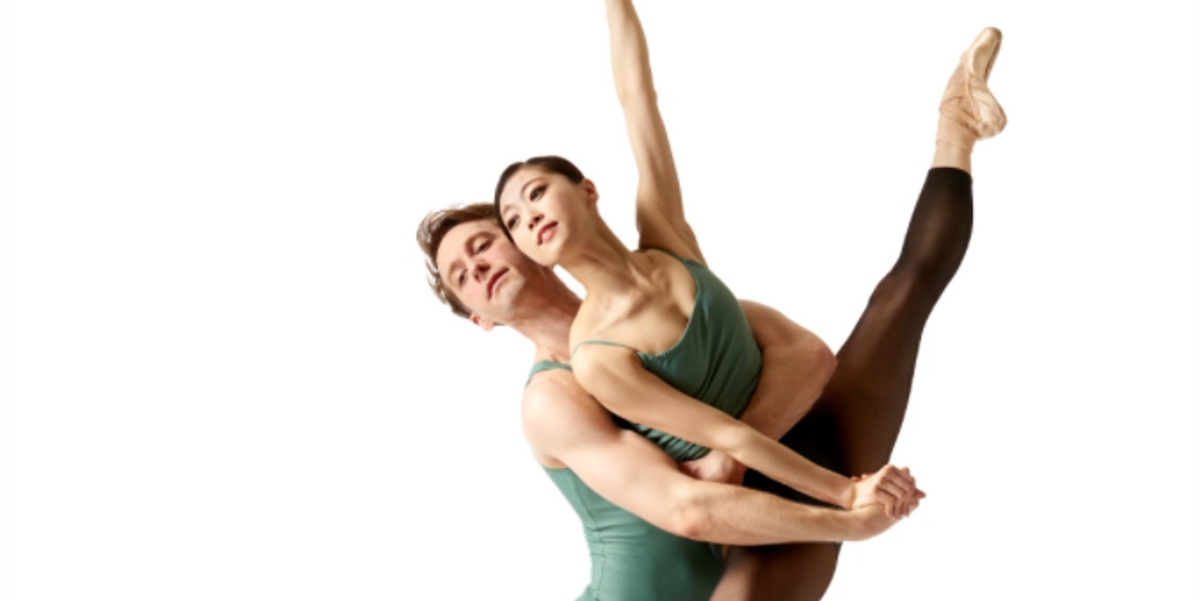Meet the Photographer Behind All Those Dance Photos You're Obsessed With
We’re on somewhat of a dance photography kick here at DS, so we figured we’d keep it going in a very big way: an exclusive interview with Rachel Neville, the photographer responsible for all those absolutely drool-worthy dance photos on your Instagram feed. We caught up with Neville at PurePoint Financial in NYC, where she just wrapped up her new show, “A Command Performance”..
Dance Spirit: How’d you start your photography career?
Rachel Neville
: I was a dancer in Europe, and suffered a finish-your-career type of injury. I went back to Canada to live with my parents and finish high school, and photography was the senior year art class offering, so I took it. And I suddenly realized, “I like this, this could be something.” So I took a year off, applied to colleges, and went from there.
DS
: What’s your dance background?
RN
: I was classically trained in Toronto, Canada, where I’m from. I stopped dancing when I was 21.
DS: How does your dance background help you in shoots?
RN
: In so, so many ways. I’m also trained to teach, and I really love teaching. Being a dancer allows you special insight when photographing, in that you know what [the dancers] are looking for, and what you should be looking for.
DS: Do you have dancers prepare in any specific way prior to a photoshoot?
RN
: I’m really the director on almost all of my shoots. I tell the dancers what to do and wear. Occasionally they prepare things, but really it’s just an organic process once on set. As dancers warm up, I help them understand how to pose in front of the camera, because you’re trying to make something that looks beautiful in 3-D translate onto a flat screen. It often takes an hour for them to understand twisting, changing their lines, hitting things all at once. So, organically, poses and movements begin to come out of this, and I begin to see what their facility is, what their level is, and what I can and can’t push.
If it’s a more conceptual shoot, like with Jorge Villarini and the bird, then there’s more that goes into it. He watched videos of birds and how they moved, and came into the shoot with specific ideas of how he wanted to move. I often give the dancers the story and emotion I’m envisioning, so they can start to think about it.
 Boston Ballet’s Misa Kuranaga and Patrick Yocum in William Forsythe’s “Artifact” (courtesy Neville/Boston Ballet)
Boston Ballet’s Misa Kuranaga and Patrick Yocum in William Forsythe’s “Artifact” (courtesy Neville/Boston Ballet)
DS: What’s the best advice you have for dancers going to their first photoshoot?
RN
: Great question. I have three main pieces of advice:
- Have absolute patience with yourself. Don’t expect good shots right away. Sometimes a two or three hour photoshoot yields five to seven good shots. Take some time to learn the skills needed for taking a good photo.
- Try to arrange for your first shoot to be with a dance photographer who truly understands dance. Even if it means you’re getting less time with the photographer, it’s worth it—the pictures will be worth it.
- As your shoot progresses, don’t be afraid to ask your photographer to be involved in the process. Go back to the screen once in a while, look at the photos, fine-tune your poses, and try again if the image isn’t working. Be confident, because everyone can get an amazing dance photo—it’s just all about the process that goes into it.




